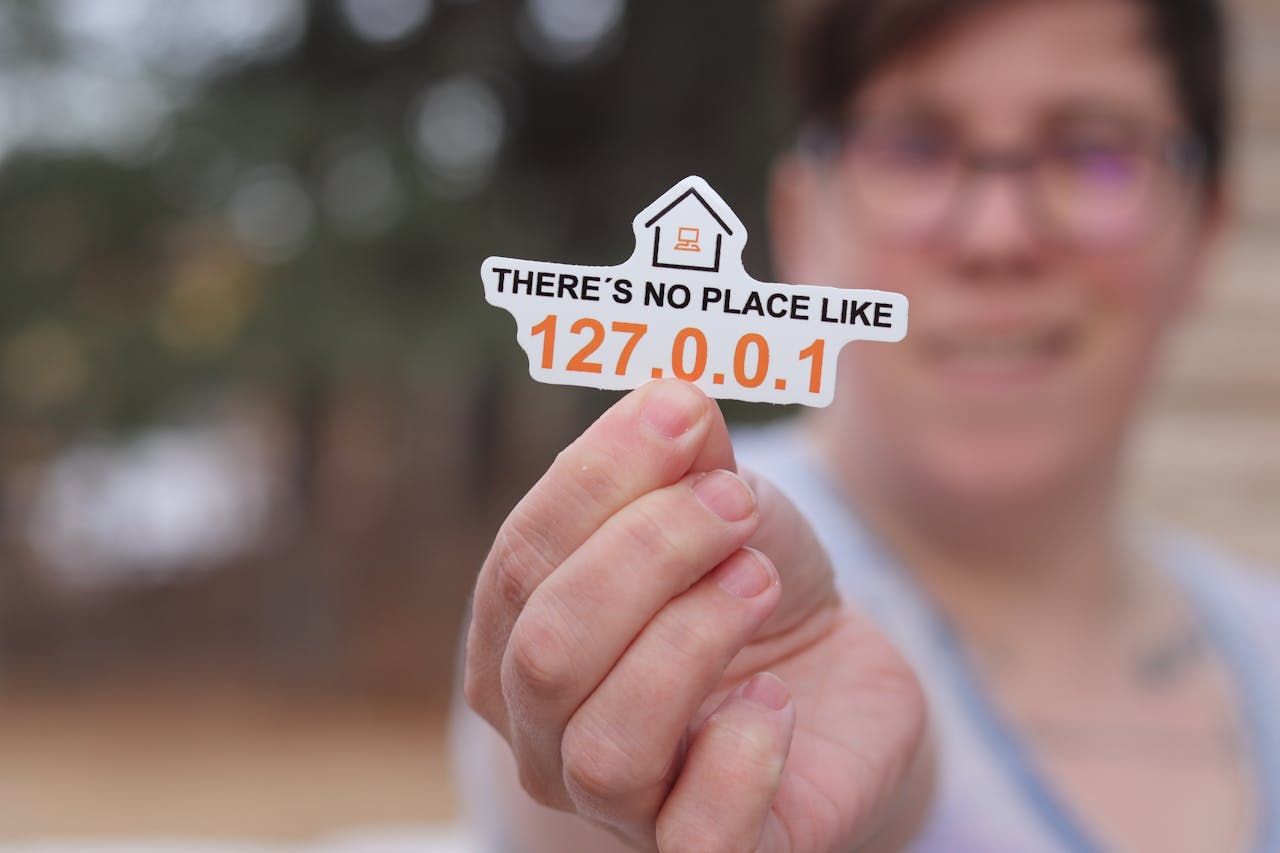HEX to Binary
HEX to Binary is the process of converting a hexadecimal number (base-16) into its equivalent binary number (base-2). Each hexadecimal digit corresponds to a unique 4-bit binary value. This conversion is commonly used in computing to represent data in a more machine-readable format, as computers process data in binary.
HEX to Binary is the process of converting a hexadecimal number (base-16) into its equivalent binary number (base-2). Each hexadecimal digit corresponds to a unique 4-bit binary value. This conversion is commonly used in computing to represent data in a more machine-readable format, as computers process data in binary.
How It Works:
- Identify each hexadecimal digit: Each hexadecimal digit can be directly converted into a 4-bit binary equivalent.
- Convert each hexadecimal digit to its 4-bit binary representation.
- Combine the binary digits to form the full binary number.
HEX to Binary Conversion Table:
| Hexadecimal | Binary |
|---|---|
| 0 | 0000 |
| 1 | 0001 |
| 2 | 0010 |
| 3 | 0011 |
| 4 | 0100 |
| 5 | 0101 |
| 6 | 0110 |
| 7 | 0111 |
| 8 | 1000 |
| 9 | 1001 |
| A (10) | 1010 |
| B (11) | 1011 |
| C (12) | 1100 |
| D (13) | 1101 |
| E (14) | 1110 |
| F (15) | 1111 |
Example of HEX to Binary Conversion:
Let's convert the hexadecimal number 2F into binary.
- Convert each hexadecimal digit:
2(hexadecimal) =0010(binary)F(hexadecimal) =1111(binary)
- Combine the binary digits:
0010(for2) and1111(forF) gives00101111.
So, 2F in hexadecimal equals 00101111 in binary.
Example 2:
Convert 7A9 from hexadecimal to binary.
-
Convert each hexadecimal digit:
7(hexadecimal) =0111(binary)A(hexadecimal) =1010(binary)9(hexadecimal) =1001(binary)
-
Combine the binary digits:
0111(for7),1010(forA), and1001(for9) gives011110101001.
So, 7A9 in hexadecimal equals 011110101001 in binary.
Example 3:
Convert 1B3 from hexadecimal to binary.
-
Convert each hexadecimal digit:
1(hexadecimal) =0001(binary)B(hexadecimal) =1011(binary)3(hexadecimal) =0011(binary)
-
Combine the binary digits:
0001(for1),1011(forB), and0011(for3) gives000110110011.
So, 1B3 in hexadecimal equals 000110110011 in binary.
Why Use HEX to Binary Conversion?
-
Computer Representation: Computers process data in binary form. Converting hexadecimal to binary allows for easy processing and interpretation of hexadecimal data at the machine level.
-
Memory Addressing: In many systems, memory addresses, color codes, and other important data are represented in hexadecimal for simplicity, but the underlying machine processes this data in binary.
-
Programming and Debugging: When writing code, especially at a low level (such as assembly programming or working with hardware), it's often necessary to convert hexadecimal to binary to understand how the computer interprets data.
-
Data Compression and Encoding: Converting hexadecimal to binary helps in data encoding and file manipulation tasks, such as in file formats, compression algorithms, and networking.
Conversion Steps:
- Step 1: Write out each hexadecimal digit.
- Step 2: Replace each hexadecimal digit with its 4-bit binary equivalent.
- Step 3: Combine the resulting binary values to form the full binary representation.
Summary:
HEX to Binary conversion is a fundamental operation in computing, widely used in programming, debugging, digital electronics, and data representation. It allows a more compact and human-readable form (hexadecimal) to be converted to the low-level format (binary) that computers use for processing.













